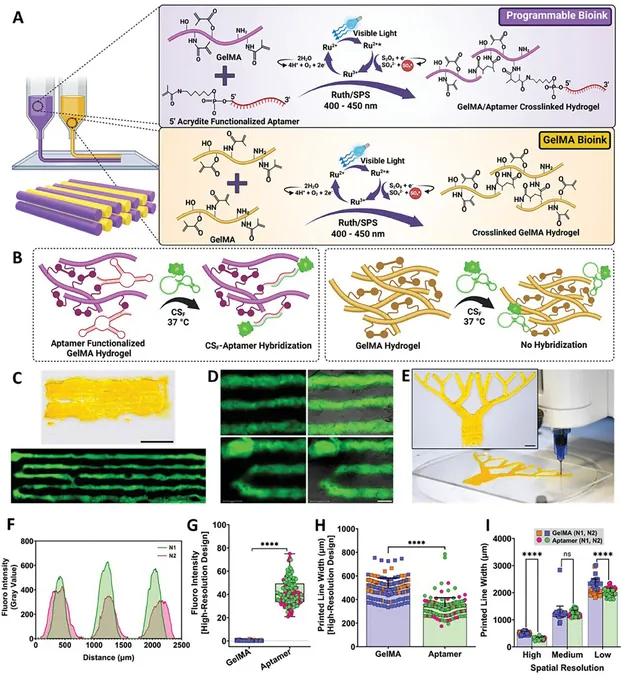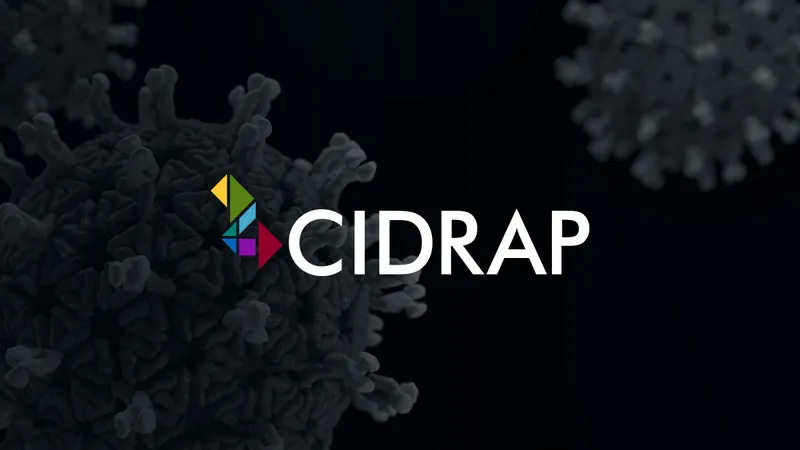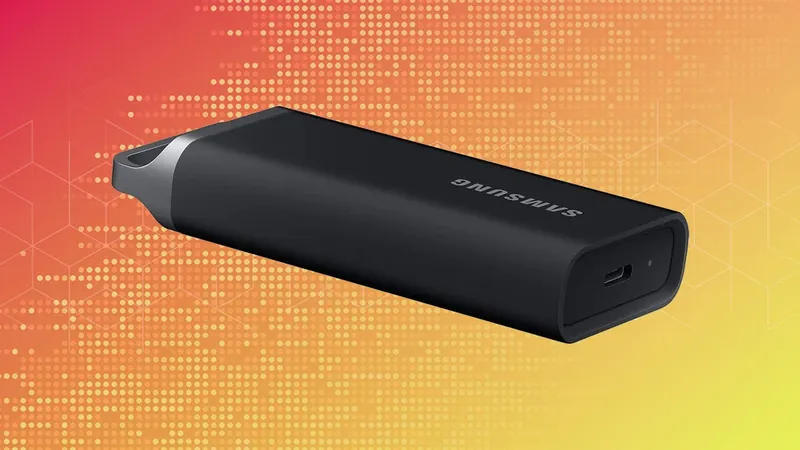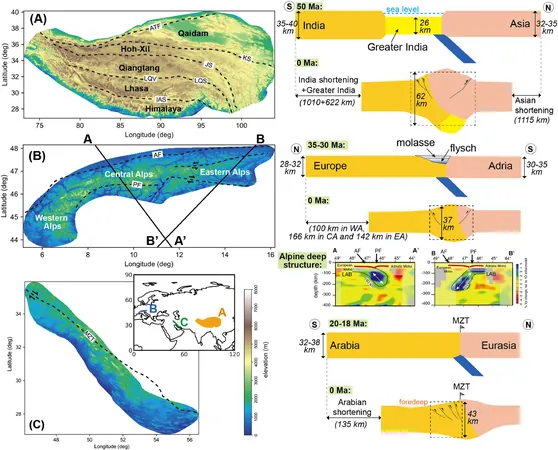
Breakthrough DNA Bioink Technology Revolutionizes 3D Printing of Blood Vessels!
2024-11-27
Author: Arjun
A groundbreaking discovery at the University of Twente in the Netherlands is set to redefine the future of bioprinting—unlocking new possibilities for the creation of vascularized tissues! Featured in the renowned journal *Advanced Healthcare Materials*, researchers have developed an innovative DNA-based bioink that allows for the precise growth and organization of tiny blood vessels within 3D-printed tissues, mirroring the complex networks found in the human body.
Imagine a world where organ failure is no longer a death sentence! 3D-printed organs could dramatically change medicine by addressing issues ranging from tissue damage to the development of groundbreaking therapies. However, one of the biggest hurdles has been ensuring that these tissues can obtain sufficient nutrients and oxygen. Without a proper vascular system, the potential of these tissues is severely limited, which is why the ability to bioprint blood vessels is a monumental leap forward.
Historically, tissue engineers could position blood vessels during the printing process, but these vessels frequently underwent unpredictable remodeling when cultured or implanted, jeopardizing the functionality of the engineered tissues. The team from the University of Twente has tackled this critical issue with their programmable bioink that grants dynamic control over the growth and remodeling of blood vessels, paving the way for tissues that can adapt and function over time.
On-Demand Blood Vessel Formation!
What sets this bioink apart is its incorporation of tiny strands of DNA known as aptamers. This ingenious feature allows for the on-demand binding and release of biochemical signals, effectively mimicking the body’s natural tissue microenvironments, which serve as reservoirs for critical growth factors—releasing them only when necessary. This capability empowers the bioink to not only facilitate blood vessel formation but also fine-tune their development in accordance with the tissue's specific requirements.
"Our lab has previously made strides in delivering proteins to stimulate new blood vessel growth," explain researchers Jeroen Rouwkema and Deepti Rana from the Vascularization Lab. "However, this technology stands out because it enables us to exert control not just spatially in three dimensions but also temporally—what we like to call 4D control."
This revolutionary approach to bioprinting holds immense potential for the future of regenerative medicine. With the capacity to engineer tissues that are not only functional but can also adapt over time, the possibilities are endless! Keep an eye on this exciting field, as breakthroughs like this may one day bring us closer to a world where organ transplants are a thing of the past!




 Brasil (PT)
Brasil (PT)
 Canada (EN)
Canada (EN)
 Chile (ES)
Chile (ES)
 España (ES)
España (ES)
 France (FR)
France (FR)
 Hong Kong (EN)
Hong Kong (EN)
 Italia (IT)
Italia (IT)
 日本 (JA)
日本 (JA)
 Magyarország (HU)
Magyarország (HU)
 Norge (NO)
Norge (NO)
 Polska (PL)
Polska (PL)
 Schweiz (DE)
Schweiz (DE)
 Singapore (EN)
Singapore (EN)
 Sverige (SV)
Sverige (SV)
 Suomi (FI)
Suomi (FI)
 Türkiye (TR)
Türkiye (TR)